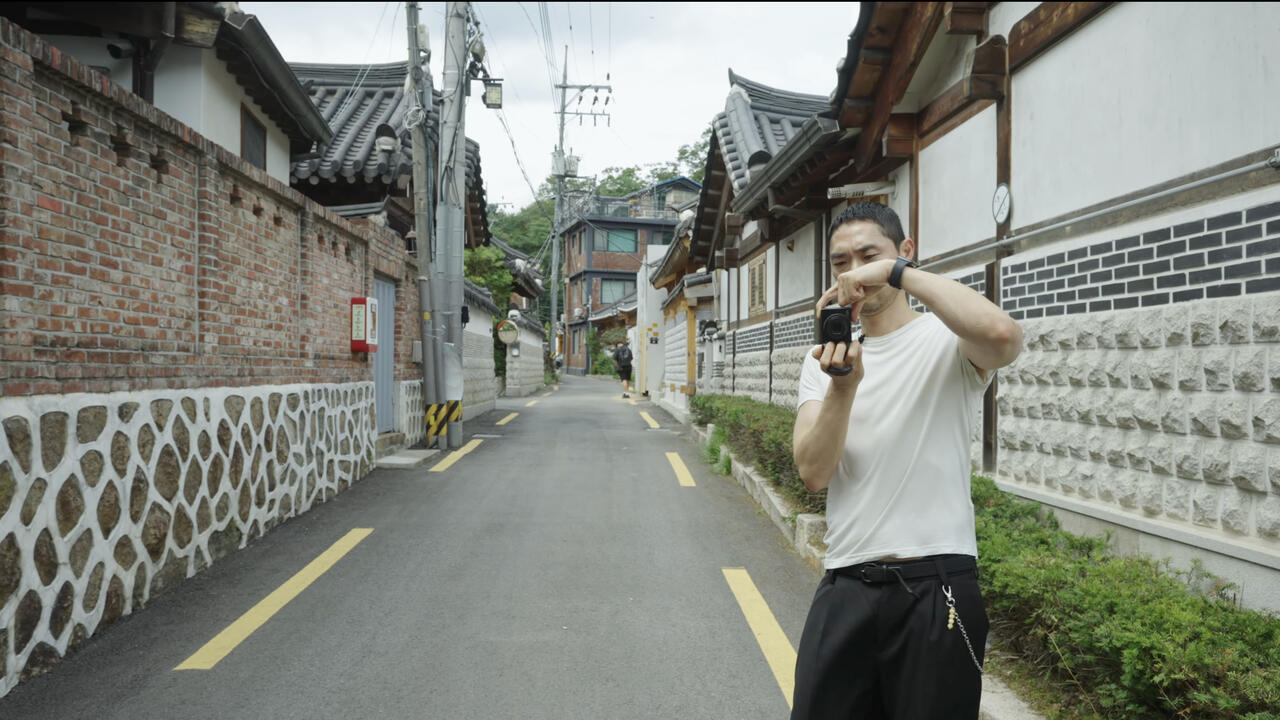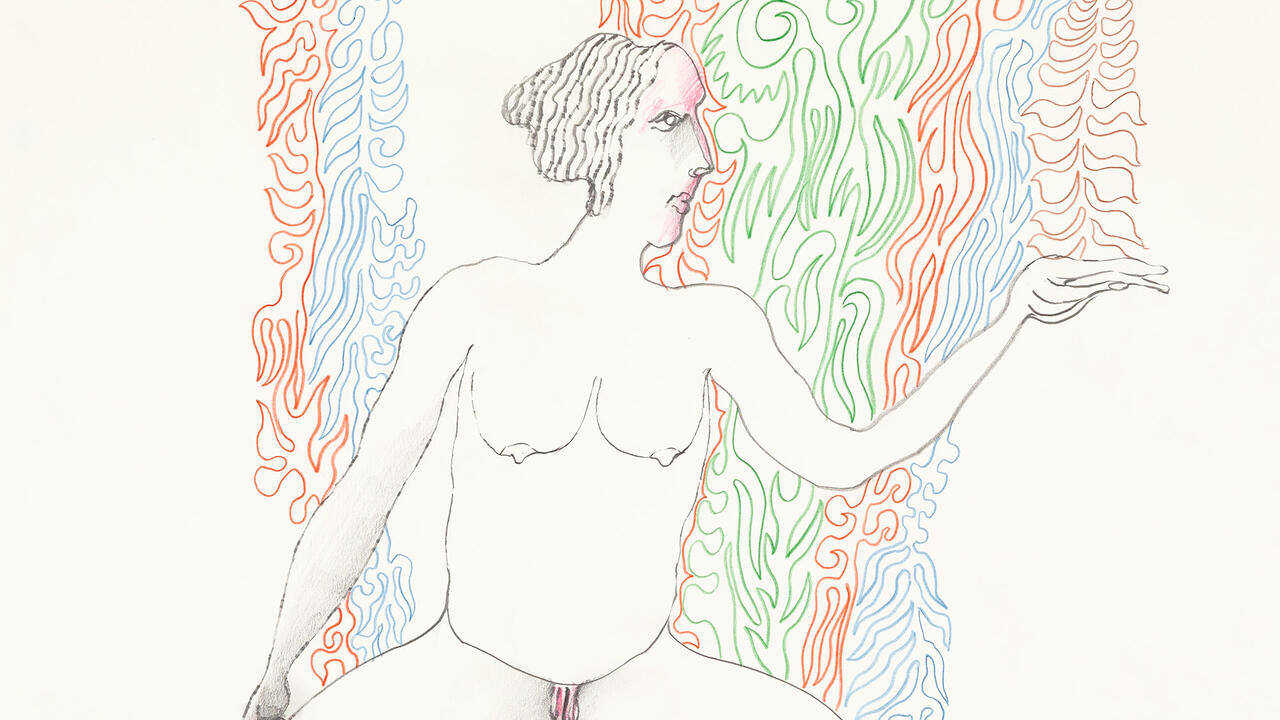Known, Unknown, Anonymous and On Death Row

In what it does or doesn’t reveal about a particular person, a portrait can arouse a corresponding reflection of a viewer’s self-definition as well as insights into the mores of a past era. In the exhibition ‘Known, Unknown, Anonymous and On Death Row’, these qualities were enhanced through diverse and sympathetic examples of the genre in painting, photography and drawing, ranging from traditional studio poses to artful depictions of existential angst and a pointed political declaration.
The show opened with two found photographs, from 1896, of an ancient female head with an elaborate hairstyle, which were twinned with a pair of anonymous illustrations of idealized 1950s women. Opposite hung three very different portraits: a colourized 1986 black and white glamour shot of the gallery partner’s grandmother; a line drawing of a contemplative woman, by Giuseppe Caccavale (2006); and Ellie Coates’s camp parody of the Mona Lisa (1503–06) (Velma, 2011). A series of mid-century studio portraits by Malian photographer Malick Sidibé, placed next to their counterparts from 1920s, Greece highlighted not so much cultural or historical differences but the timeless way people present and define themselves. Studio photographs offered to US prison inmates, shown contemporaneously at the 3rd Athens Biennale in a collection gathered by documentarian David Adler, demonstrate the standardization of formal portraits,
here a particularly pathological display of normalcy despite obvious circumstances
to the contrary. In one, a woman in prison uniform smiles coquettishly with her hand on her hip in front of an amateurish brightly coloured abstract backdrop, the effect both clearly contrived and yet entirely genuine.
Ugo Rondinone’s dreamy photographs of a woman wandering in a snowy forest (all Untitled, 1998) are infused with both otherworldly beauty and the creepy quality of voyeuristic snapshots; by the last frame she has vanished. Opposite were cartoonish drawings by Karen Yasinski of adolescents having various types of surreal misadventures; in Roach Girl (1997) both a miniature man and an oversize cockroach plague the heroine. The nexus of the room was Sileia Daskopoulou’s Girl with the Golden Teeth (1991), an uncanny caricature painted in lurid colours that emphasize the cheerfully ingenuous subject’s flaws. If these scenarios were not unsettling enough, just around the corner was a trio of watercolours by Apostolos Michailides, which depict disembodied feminine body parts alongside a black silhouette of Christ’s head in a crown of thorns (2009–11). Two framed visiting cards created by Adrian Piper, My Calling (Card) No. 2 (1986–90) – one ‘politely’ identifying herself as black to strangers who misperceive her as white and thus feel free to make racist comments or jokes – play on identity based on social assumptions. In Piper’s LSD Self-Portrait with Tamiko (1966), the figure is obscured within an abstract psychedelic pattern.
David Mathis’s pastel portrait of the mythical Lorelei (2009), rendered in an expressionist style recalling Romantic painting, was the soul of the exhibition. On Death Row at Louisiana’s infamous Angola prison since the age of 14, the 30-something self-trained artist based Lorelei’s body on his own and fellow inmates’ physiques, making this a surreptitious self-portrait.
The whole was decidedly stronger than the parts of this show, itself a portrait of the human struggle to define the constantly evolving entity called personal identity. As universal as they are, portraits reveal the constructs and expectations of society more than the essence of a subject. It is the ghost in the machine staring out of the eyes, the eternal human gaze dignified in portraits across the centuries, that we see in these pictures.

















